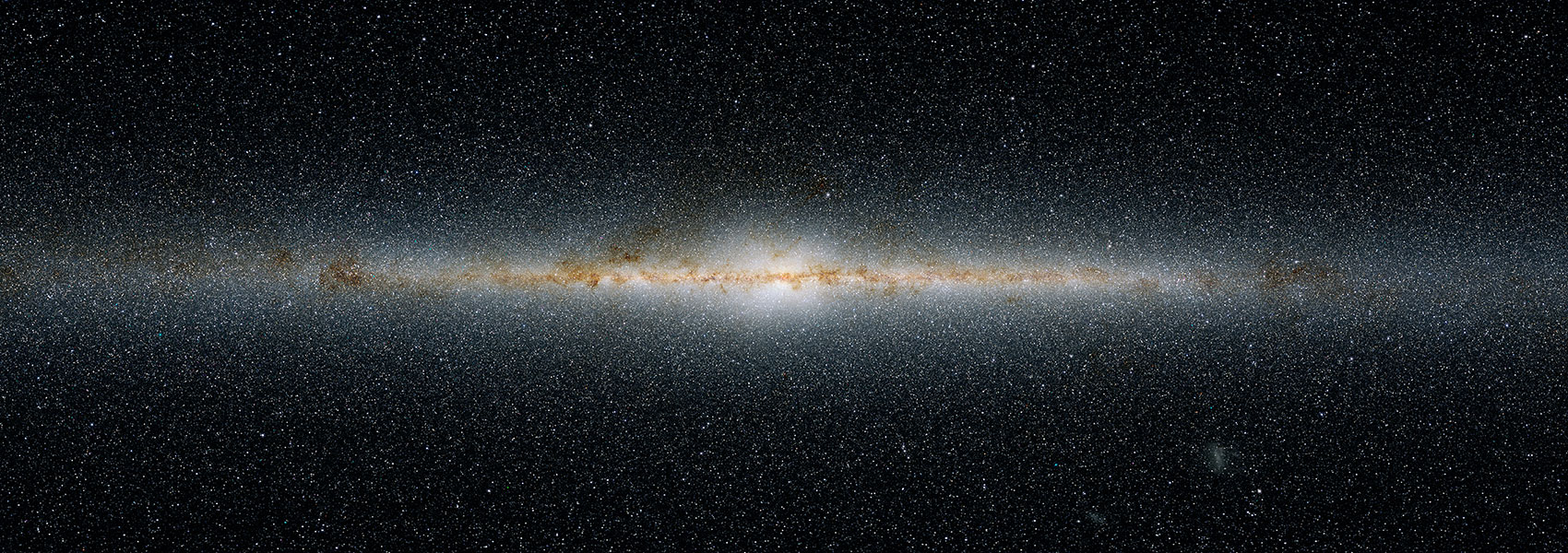November
2021
•
2021AJ....162..181L
Authors
•
Llop-Sayson, Jorge
•
Wang, Jason J.
•
Ruffio, Jean-Baptiste
•
Mawet, Dimitri
•
Blunt, Sarah
•
Absil, Olivier
•
Bond, Charlotte
•
Brinkman, Casey
•
Bowler, Brendan P.
•
Bottom, Michael
•
Chontos, Ashley
•
Dalba, Paul A.
•
Fulton, B. J.
•
Giacalone, Steven
•
Hill, Michelle
•
Hirsch, Lea A.
•
Howard, Andrew W.
•
Isaacson, Howard
•
Karlsson, Mikael
•
Lubin, Jack
•
Madurowicz, Alex
•
Matthews, Keith
•
Morris, Evan
•
Perrin, Marshall
•
Ren, Bin
•
Rice, Malena
•
Rosenthal, Lee J.
•
Ruane, Garreth
•
Rubenzahl, Ryan
•
Sun, He
•
Wallack, Nicole
•
Xuan, Jerry W.
•
Ygouf, Marie
Abstract
•
ϵ Eridani is a young planetary system hosting a complex multibelt debris disk and a confirmed Jupiter-like planet orbiting at 3.48 au from its host star. Its age and architecture are thus reminiscent of the early Solar System. The most recent study of Mawet et al., which combined radial-velocity data and Ms-band direct imaging upper limits, started to constrain the planet's orbital parameters and mass, but are still affected by large error bars and degeneracies. Here we make use of the most recent data compilation from three different techniques to further refine ϵ Eridani b's properties: RVs, absolute astrometry measurements from the Hipparcos and Gaia missions, and new Keck/NIRC2 Ms-band vortex coronagraph images. We combine this data in a Bayesian framework. We find a new mass, ${M}_{b}={0.66}_{-0.09}^{+0.12}$ MJup, and inclination, $i=78.{81}_{-22.41\mathop{}\limits^{^\circ }}^{+29.34}$ , with at least a factor 2 of improvement over previous uncertainties. We also report updated constraints on the longitude of the ascending node, the argument of the periastron, and the time of periastron passage. With these updated parameters, we can better predict the position of the planet at any past and future epoch, which can greatly help define the strategy and planning of future observations and with subsequent data analysis. In particular, these results can assist the search for a direct detection with JWST and the Nancy Grace Roman Space Telescope's coronagraph instrument.
Links




